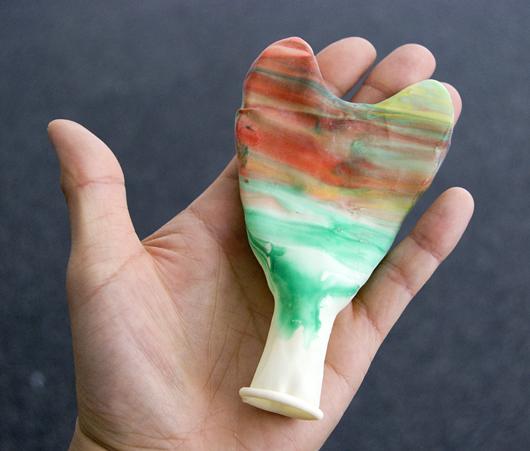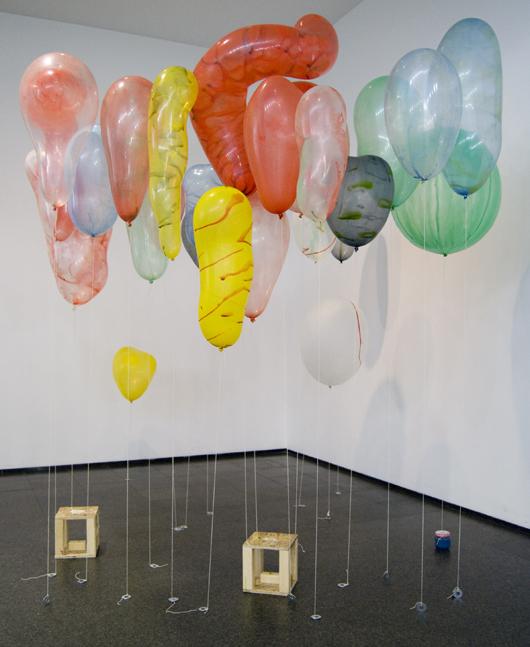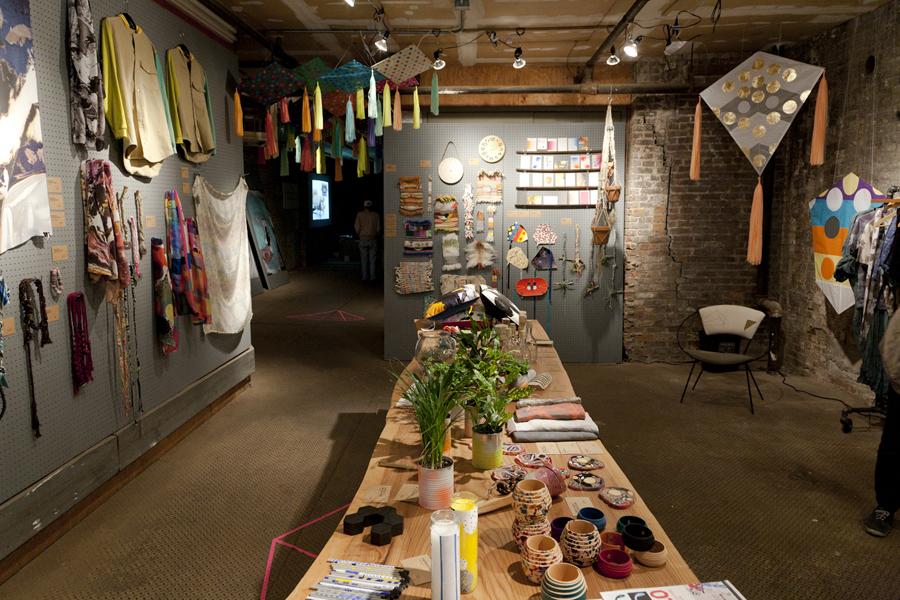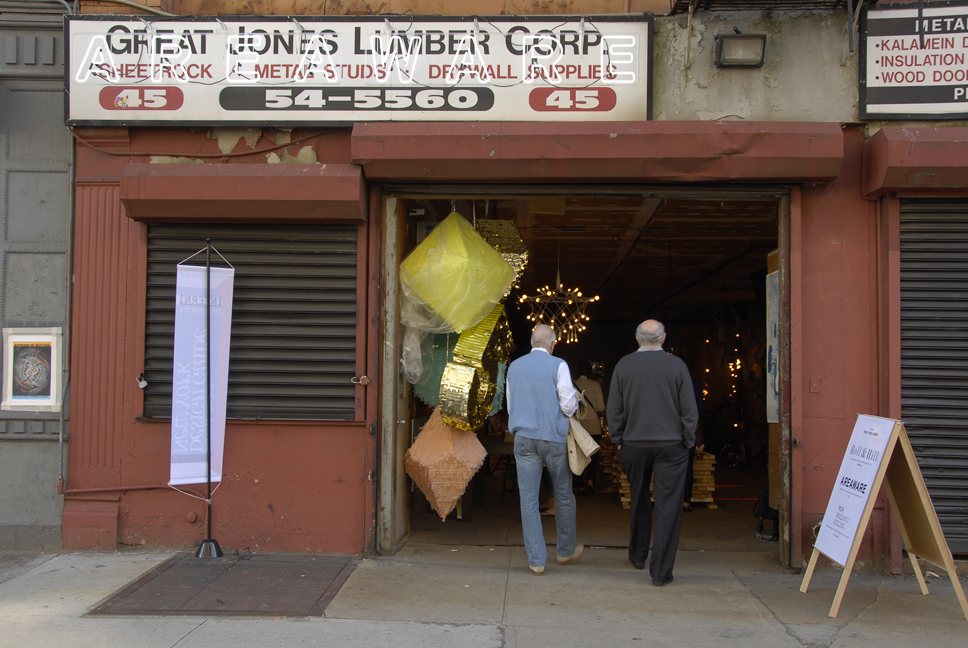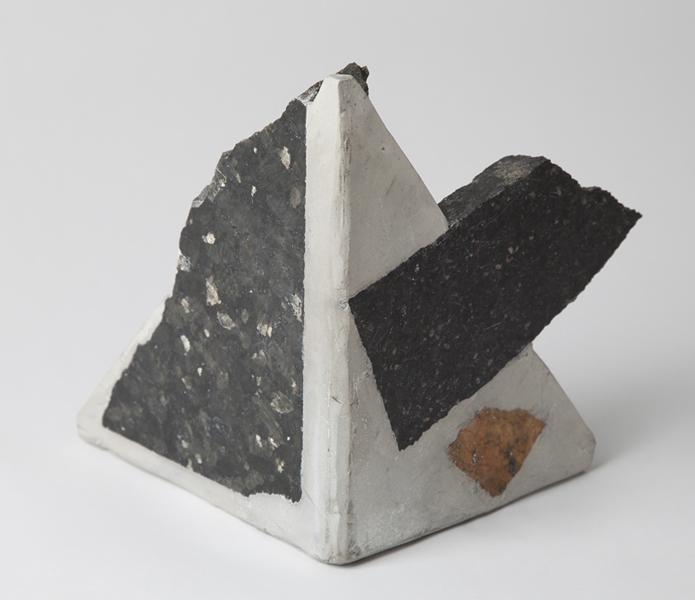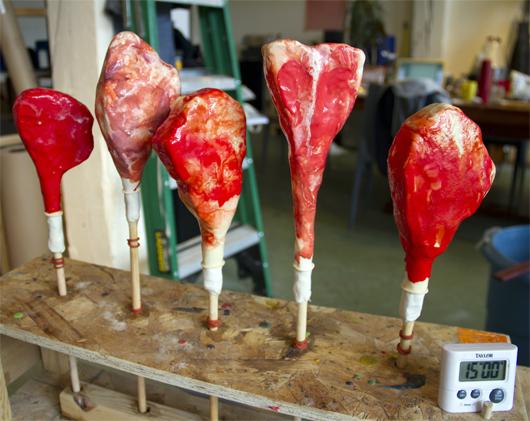
05.14.12
Sight Unseen OFFSITE
The Balloon Factory at Japan Premium Beef
As traditions go, you can’t get much better than the one that will commence this Friday in the window of the tiny Great Jones butcher shop Japan Premium Beef: An annual display of custom meat-themed installations, rendered in various incongruous materials. It started during the 2010 Noho Design District, with the delicate glass sausages that won Fabrica’s Sam Baron a similar commission for T magazine earlier this year. And it will continue for 2012 with a series of inflatable meat balloons — whose prototypes are pictured above — that are being specially created for us by the Chicago designers behind the Balloon Factory project. We asked Caroline Linder, Lisa Smith, Michael Savona, and Steven Haulenbeek for the skinny on their savory new creation, which we invite you to visit this weekend at the Noho Design District. Click here for the details.
“Balloon Factory began a year ago when James Goggin, the Design Director at the Museum of Contemporary Art Chicago, invited us to move our practice into one of the museum galleries. For us, this meant doing something that represented our interest in manufacturing, distribution, and everyday items. We wanted to replicate a known industrial process in the gallery, beginning with raw materials and ending with a saleable product. We chose balloons because they’re familiar and fun, but the manufacturing process is unknown to most. After two weeks of heavy research, backwards-engineering, and material tests, we were producing 60 handmade balloons a day live at the MCA.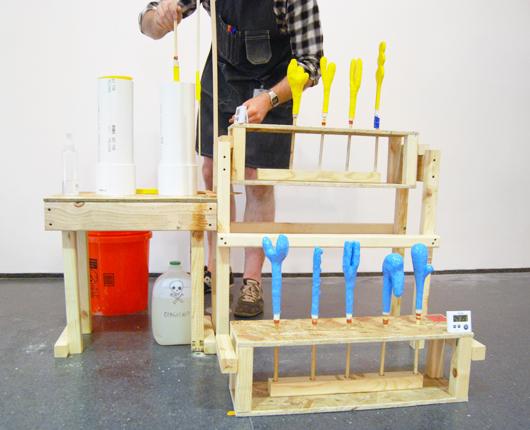 “Each balloon takes about three hours to go through the assembly line. First a hand-sculpted balloon former is dipped in a soapy substance to prime it before it’s dipped in a latex vat. A thin coat of rubber adheres to the surface—this is the actual balloon, which holds the shape of the former. At this step in the process, latex colors can be mixed or the balloon can be hand-painted. Once dry, the rubber is leached and vulcanized (or rinsed and heated), which strengthens it for inflating. Finally, the balloon is stripped and inflated. The whole process is precisely timed to get the maximum output of balloons per day.
“Each balloon takes about three hours to go through the assembly line. First a hand-sculpted balloon former is dipped in a soapy substance to prime it before it’s dipped in a latex vat. A thin coat of rubber adheres to the surface—this is the actual balloon, which holds the shape of the former. At this step in the process, latex colors can be mixed or the balloon can be hand-painted. Once dry, the rubber is leached and vulcanized (or rinsed and heated), which strengthens it for inflating. Finally, the balloon is stripped and inflated. The whole process is precisely timed to get the maximum output of balloons per day.
“The project started as a performance, but it has persisted as a factory. We produce balloons for special events and by request. For the NoHo Design District 2012, we’re making a set of butcher-themed balloons for Japan Premium Beef (in the tradition of Sam Baron’s sausage installation there in 2010). A selection of uninflated steak balloons will be displayed on butcher trays, framed by an installation of hanging sausage balloon links.
“This time around, we’re emphasizing the fleshy quality of latex balloons. The formers are shaped like specific cuts of meat—porterhouse, flank, filet mignon, and t-bone—and different size sausages. To imitate marbling on the steaks, the balloon formers are dripped with red, pink, or brown, after an initial clear coat of latex. We get the appropriate look by erratically rotating the balloon mold and blowing on it, forcing the colors to flow together in all directions. For sausages, the process is similar, but the former is rotated more slowly, producing a different effect.”